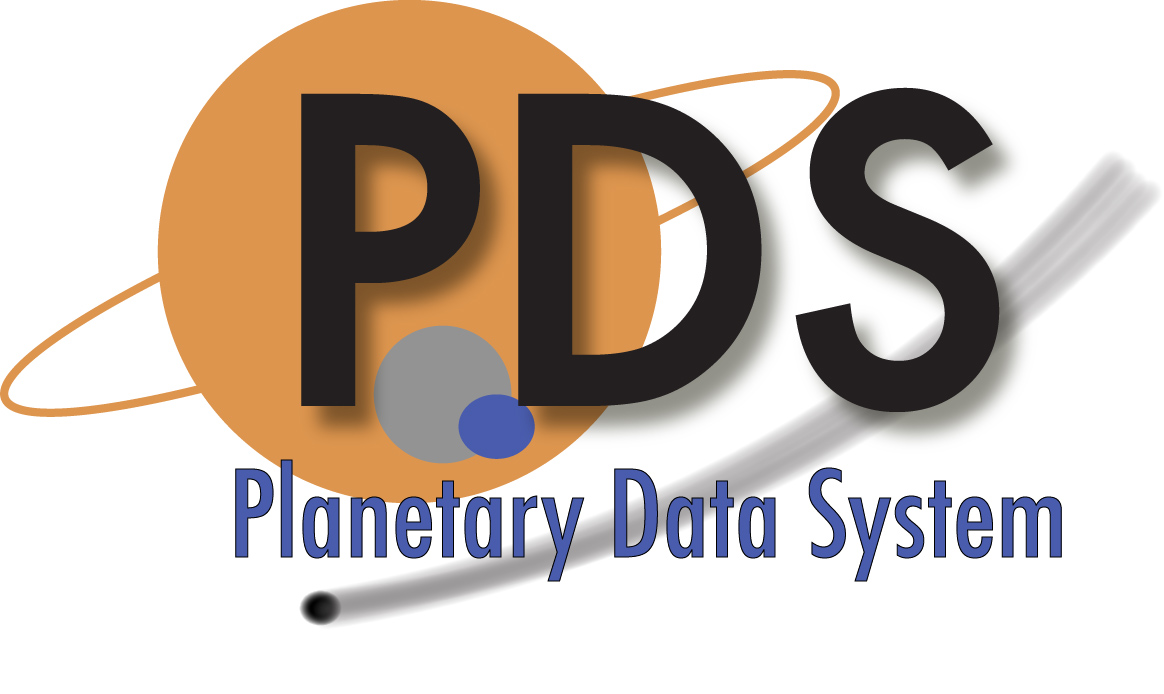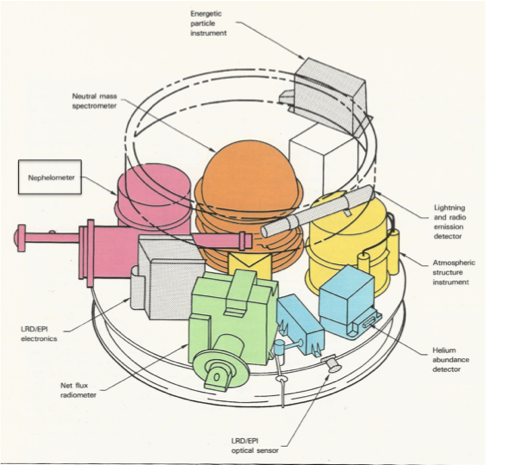
The objective of the Nephelometer Experiment aboard the Probe of the Galileo mission was to explore the vertical structure and microphysical properties of the clouds and hazes in the atmosphere of Jupiter along the descent trajectory of the Probe (nominally from 0.1 to > 10 bars). The measurements were obtained at least every kilometer of the Probe descent to provide the basis for inferences of mean particle sizes, particle number densities (and hence, opacities, mass densities, and columnar mass loading) and, for non-highly absorbing particles, for distinguishing between solid and liquid particles.
Access to the Galileo Probe Data Volume
Citing the data
Publications - A listing of team members to facilitate literature searches.
References Helpful in Scoping the Mission
The Nephelometer Data
Other Documentation
Access to the Galileo Probe Data Volume
PDS recommendations for citing data sets can be found here.
Colburn, D., (1996), Galileo Probe Nephelometer Data Archive, PDS Atmospheres (ATM) Node, https://doi.org/10.17189/pxs8-an97
Colburn, D., (1996), Galileo Probe Nephelometer Data Archive, PDS Atmospheres (ATM) Node, https://doi.org/10.17189/pxs8-an97
Publications - A listing of team members to facilitate literature searches.
 PDS: The Planetary Atmospheres Node
PDS: The Planetary Atmospheres Node


